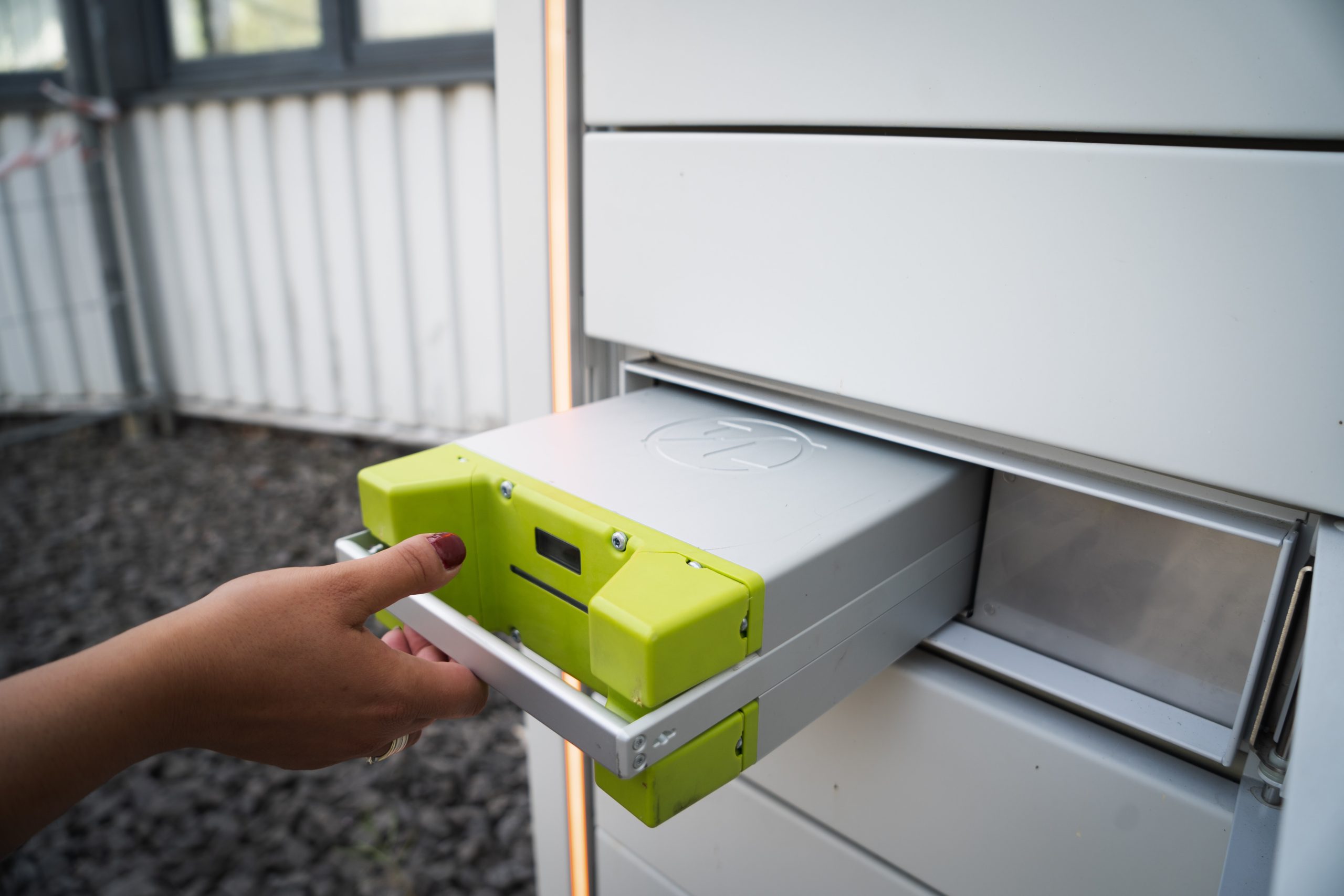In the grand symphony of energy, the sun plays a starring role, casting its boundless energy across the Earth. Harnessing this energy has been a long-standing dream of humanity, and solar panels have made this dream a reality. However, the sun’s generosity isn’t always in sync with our energy needs, which is where energy storage solutions, particularly batteries, step in to save the day.
The Power of Sunlight Unleashed
Solar panels are engineered to harness the energy of sunlight and convert it into electricity by employing photovoltaic cells. This innovative technology offers a sustainable energy source that not only contributes to environmental well-being but also carries the potential to substantially lower your electricity costs. Nonetheless, the intensity of the sun’s rays experiences fluctuations during the course of the day, and the absence of sunlight during nighttime hours poses a noteworthy challenge in the quest to enhance the efficiency of solar power utilization.
Enter Energy Storage Solutions
Energy storage solutions, specifically batteries, have emerged as the unsung heroes of solar energy systems. They bridge the gap between energy production and consumption, making solar power available 24/7. But how do they work, and what are the benefits they offer?
How Energy Storage Solutions Work
Energy storage solutions work by storing the extra electricity produced by your solar panels during daylight hours and then releasing it when there is higher electricity demand. This mechanism efficiently closes the gap between energy generation and consumption, ensuring a smooth and reliable energy supply.
- Charging: In periods of abundant sunshine, when your solar panels generate more electricity than your immediate requirements, the surplus power is directed to the battery for storage.
- Storage: The battery stores this excess energy in chemical form, typically using lithium-ion technology. These batteries have a high energy density, making them efficient and compact.
- Discharging: When the sun sets or when your energy demand exceeds what your panels can produce, the stored energy is released from the battery to power your home or business.
The Price Tag: Costs of Energy Storage Solutions
The cost of incorporating energy storage solutions, like any technological innovation, has played a pivotal role in the decisions of individuals considering the integration of solar power with battery systems. However, it’s noteworthy that these costs have been consistently on the decline, thanks to ongoing technological advancements and the benefits derived from economies of scale. The primary financial commitment typically revolves around the initial investment, which encompasses both the procurement and installation of the battery system. On average, the expenses can fluctuate, falling within a range from a few thousand to several tens of thousands of dollars. This variance is contingent upon the capacity of the battery and the intricacies of the installation process.
Despite the initial financial commitment, it’s vital to appreciate that energy storage solutions come with a multitude of financial advantages:
- Energy Bill Savings: Through the practice of storing surplus solar energy generated during daylight hours and utilizing it during peak consumption periods or during nighttime, you can diminish your reliance on the conventional power grid. This reduction in grid dependency ultimately results in lower electricity bills.
- Grid Independence: Energy storage solutions provide a level of energy independence. You’re less affected by power outages and less reliant on the grid.
- Return on Investment: Over time, the energy bill savings can offset the initial investment, ultimately leading to a return on investment.
The Benefits of Energy Storage Solutions
Now that we understand how energy storage solutions work and their cost considerations, let’s delve into the multitude of benefits they offer:
- Energy Security: Energy storage systems provide a buffer during power outages. You can keep your lights on and your devices running, even when the grid fails.
- Load Shifting: You can use your stored energy during peak rate periods, reducing your electricity costs. This strategy, known as load shifting, helps you make the most of time-of-use pricing.
- Environmental Impact: By optimizing your energy usage and reducing your reliance on non-renewable sources, you contribute to a more sustainable and greener future.
- Grid Support: Some energy storage solutions can provide grid support by stabilizing and improving the efficiency of the electrical grid, benefiting the entire community.
- Increased Self-Consumption: Energy storage solutions maximize your self-consumption of solar energy, reducing your dependence on the grid and minimizing energy waste.
Conclusion
Energy storage solutions, particularly batteries, represent a crucial advancement in the world of renewable energy. They allow us to capture the sun’s energy and use it whenever we need it, transforming the way we power our homes and businesses.
While there is an initial cost, the financial and environmental benefits of energy storage systems are undeniable. They offer energy security, help you save on electricity bills, and contribute to a greener planet.
As we move towards a more sustainable and energy-efficient future, energy storage solutions are becoming an integral part of our lives. By embracing this technology, you not only save money but also become a part of the solution in the fight against climate change.
So, don’t let the sun’s schedule limit your energy dreams; let energy storage solutions set you free to harness the power of sunlight whenever you need it.

